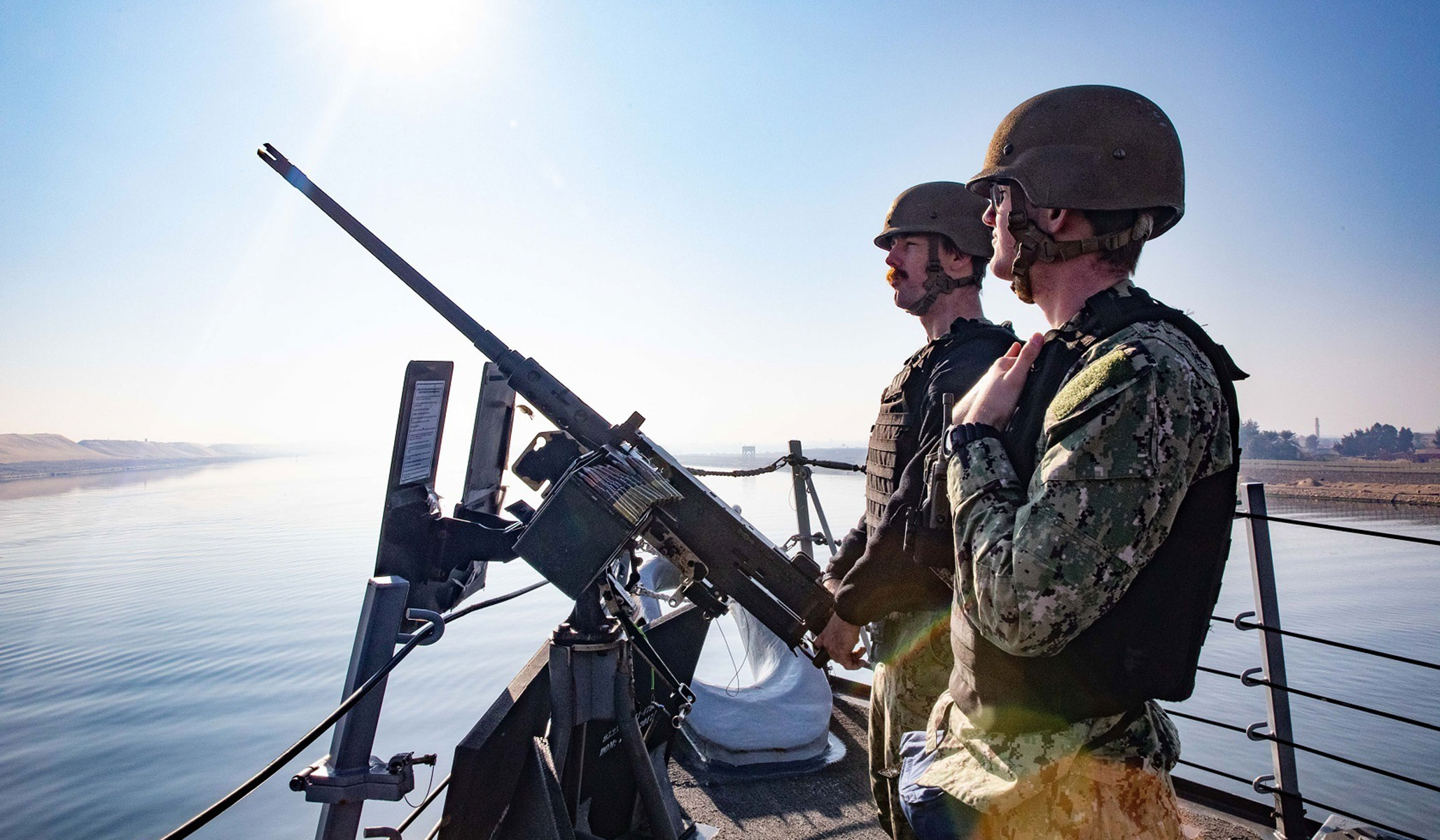


Dan wrote recently about warships (chum in the water for any sailor with an opinion). Specifically, Dan muses about Jerry Hendrix’s piece in The Atlantic, which frets about America’s self-inflicted loss of naval dominance. With that in mind, Dan considers what can be done to bolster the United State’s ability to produce naval vessels at scale and with rapidity — should the worst come to pass and something approximating a world war force our industrial might to once again take up Paul Bunyan’s welding torch.
Dan writes:
One thing Congress should press for immediately is an improvement not only in our capacity to build ships, but our capacity to build warships quickly. In wartime, time is a vital factor. The Union’s victory over the Confederacy and the American victory over Imperial Japan were heavily dependent upon our capacity to turn out warships at a speed and volume unmatched by our adversaries, from the Monitor to the legendary repair of the USS Yorktown in 48 hours to have it available for the Battle of Midway. In the past, a complacent America could afford to skimp on armaments in peacetime because it could ramp up quickly at need. But today’s America is a jungle of red tape, in which the going in any project of building anything is slow and laborious. The Ukraine war has illustrated the dangers to the Army of a perilously slow pace of production for munitions. The Navy — and the Air Force, too — should be asked at every turn how quickly it could, say, double the size of the current force, or even replace a third of it if taken out in an early first strike. Few metrics are more important to assessing the capacity of our on-paper military to conduct an actual war when and if we next need to.
I’m not as worried as Jerry about our ability to produce ships in the United States — our recent history of naval shipbuilding has been weakest on the design side. We’re an economic might because of our trade relationships and alliances, and it’s through those that we can diversify our inputs of hulls to then fit the bits we prefer for our uses. Take, for example, the next-generation frigate, the Constellation-class, which will use an Italian–French design from Fincantieri. With a proven design and shipyards worldwide, we can globalize a build-up while retaining the ability to tack on the secret stuff later. This leaves more open for carriers, whose reactor tech makes it imperative we keep their production largely stateside. And then there’s our reserve fleet, some 600 ships, known as the “Mothball Fleet.”
We have the ability to activate waterborne steel to put warheads on foreheads at any time. But do we have the men?
Writing for War on the Rocks, David Barno and Nora Bensahel, make a compelling case that the downward trend in recruiting is just beginning, with fewer and fewer young Americans considering (or even qualified for) enlistment. A thousand new capital ships cannot operate without the snipes in the pits, the topsiders napping and eating the good chow, and the bosun’s mates preserving the hull.
I think one of the undersung advantages of the old Navy was an economic one — the barrier to entry was much lower. Sometimes too low. I do wonder if, through the union-like benefits system, we haven’t made it too difficult to join — and more importantly, join again. I think there are many my age who have done an enlistment or two but separated who would be happy to join up for another deployment. The Navy doesn’t need sailors on land and in the yards, she needs them during work-ups and deployments. Unlike the Reserves, which is fine but restricting, a marketplace for former sailors with clearances to sign on as free agents for deployments seems like a way to prepare for the worst of days but also take some of the pressure off the most-deployed branch in the services.
Just a thought.
